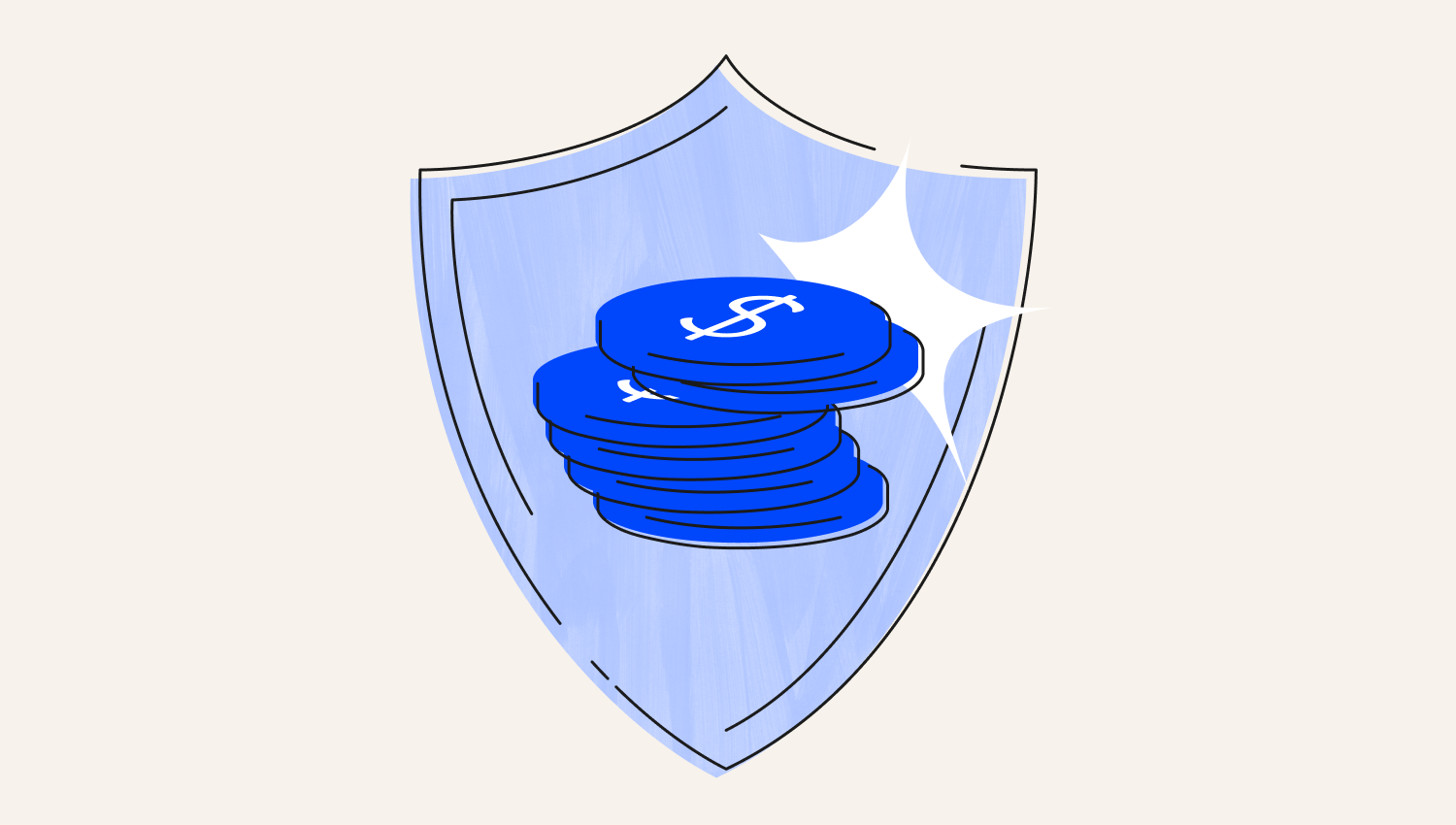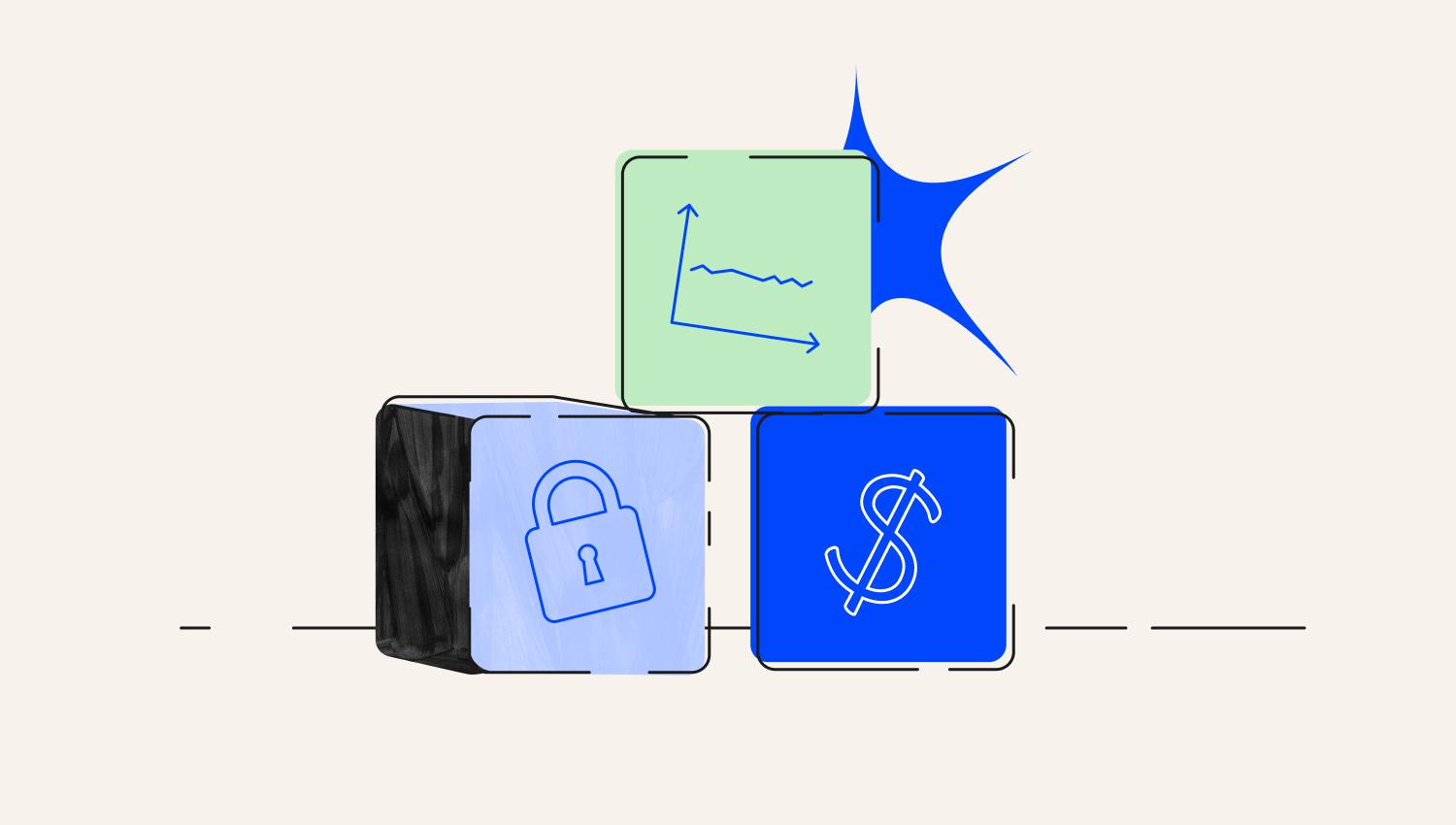What is a low-risk investment?
Characteristics of low-risk investments
Examples of low-risk investments in Malaysia
Short-term certificates of deposit
Why should you select low-risk investments?
For any investor living in Malaysia or intending to invest in this country, it is crucial to distinguish between high-risk and low-risk investments. Before investing, they need to weigh up the risks involved and consider the rewards to be derived from an investment. Low-risk investments are preferred by investors aiming to grow wealth slowly but consistently. Even if they don't make much money, conservative investors or people getting close to retirement love them for the stability and predictability they bring.
As mentioned, the key to investing with a low degree of risk is all about steadily increasing your money over time. This is a compelling option for individuals seeking peace of mind. These investments are often characterised by high liquidity, allowing investors to withdraw their money if needed quickly. In exchange for safety, low-risk investments generally offer lower returns than higher-risk options. Investments of this type include bonds, high-yield savings accounts, and more. It is important to note that diversification of risky investments such as gambling and trading does not make them low risk. This is because the risk is spread across the portfolio.What is a low-risk investment?

One key feature of low-risk investment is the minimal loss of invested capital. This kind of investment may be risk-free, such as savings accounts that earn interest. With this, investors develop a sense of financial stability and security. These investments are often backed by reliable institutions or governments, reducing the default risk. For example, government bonds are considered very safe because they are backed by the government's ability to tax its citizens. Compared to high-risk options, these kinds of investments yield constant returns over a period of time, even though the return is not much. These returns can come through fixed interest payments, regular dividends, or guaranteed returns, offering income certainty. Many low-risk investments allow easy access to your money, though some, like CDs, may have penalties for early withdrawal. This liquidity means your investment is less likely to be affected by short-term price changes. One of the primary advantages of low-risk investments is their ability to protect the initial investment. Investors can avoid significant risks associated with volatile markets, ensuring their capital remains intact.Characteristics of low-risk investments
Here are some examples of low-risk investments in Malaysia, categorised by their characteristics and typical returns. Not all bonds are low-risk; however, one can invest in high-yield (junk) bonds, which are considered low-risk. Due to economic factors, such as inflation, investing in bonds with shorter maturity times is advisable. Interest rate volatility is deemed to significantly impact long-term bonds. To reduce the default rate, which can lead to loss of capital, investors can minimise exposure by selecting bonds issued by reputable companies and corporations. These large corporations diversify their investments, thus reducing the rate of default.Examples of low-risk investments in Malaysia
Bonds

High-yield savings accounts
As a newbie, a savings account is the best option. This is because the capital invested remains intact in your account. Note that different banks and firms offer different rates of return per given period. Thus, it is essential to carry out due diligence before choosing where to take your hard-earned money.
A key feature of savings accounts is that, despite your capital being in the account, it can decrease in value due to inflation. This implies that no investment is risk-free. Even if the bank goes bankrupt, you should still get your money because most accounts are protected by the government, up to $250,000 per kind of account per bank.
Money market funds
Money Market Funds (MFF) are another low-risk investment class in Malaysia. Mutual funds and broking organisations offer MMFs. They involve pooling risks, and investors earn a certain amount on a regular basis, usually monthly.
The pooling of risks makes this investment secure compared to other investments, such as REITs. Moreover, the MMF is entirely secure compared to the certificates of deposit. They are more liquid, and you may withdraw your capital anytime without restrictions or penalties.
Short-term certificates of deposit
For an investor who plans not to withdraw before maturity, a short-term certificate of deposit (CD) is the best option, as the investment won't lose value. An individual should check online for various rates different banks offer since they may vary significantly.
Given that an individual is not planning to withdraw funds before maturity, the bank can guarantee a given interest rate before maturity, making it a low-risk investment.
Cash management accounts
In Malaysia, several brokerages provide cash management accounts. They may offer great interest rates and no fees. With a cash management account, you can keep your money accessible for spending or stock market investments and earn a competitive interest rate.
Even though the FDIC doesn't insure them, money market mutual funds are a safe investment. Account interest rates are subject to change; check the account's fine print for the exact rate you're receiving.

Dividend-paying stocks
Stocks aren't risk-free like savings accounts or cash in hand, but they're safer than futures or options. Paying out dividends in money makes dividend companies less risky than high-growth equities, although they still can't eliminate it. Therefore, dividend stocks will experience market fluctuations, although they might not see as severe a decline during market downturns.
Most people think that dividend-paying stocks are safer than non-paying ones. That's because dividend-paying companies are usually more established and reliable, providing both the dividend and the chance for stock price growth.
Preferred stocks
Preferred stocks are a subset of the stock market, comparable to lower-grade bonds. Their worth, however, might change significantly when inflation is rampant—privilege stocks, like bonds, payout in cash at regular intervals.
Yet, unlike common practice, preferred stock issuers may be permitted to halt dividend payments under certain conditions temporarily; yet, it is common practice for the corporation to repay any late fees. Preferred stock is more dangerous than common stock but still less secure than bonds.
Money market accounts
Like a traditional savings account, a money market account allows you to earn interest and use a debit card, among other features. A money market account gives you more freedom to spend your money when needed, but it also has a more significant minimum deposit than a savings account.
However, a savings or money market account can impose a monthly withdrawal cap. Finding the most attractive rates is essential for maximising your investment. There is zero danger to your principal in money market accounts. The potential loss of purchasing power over time due to inflation is the most significant risk associated with having excess funds in an account that does not yield enough interest to cover costs.
Fixed annuities
Annuity contracts, which are commonly executed with insurance companies, agree to pay a predetermined amount of income over a set period. Various payment schedules are possible with an annuity, including a set period (e.g., 20 years) or until the client dies.
The promise of a regular payment of a predetermined amount, typically every month, is at the heart of a fixed annuity contract. There are two ways to fund an annuity: either all at once to start receiving payments right at once or gradually over time and start receiving payments at a later date.
In times when you are unable to work, a fixed annuity can offer you financial stability through a guaranteed income and return. An annuity allows you to put an unlimited amount into the account while your income grows tax-deferred.

Typically, novice investors are advised to stick to low-risk options. These options allow beginners to learn the ropes of investing without a higher risk of taking a substantial financial hit. Low-risk investments focus on preserving the initial capital, essential for investors who cannot afford significant losses. They often invest in high-quality assets that are less susceptible to market fluctuations. Low-risk investments typically provide predictable returns, such as fixed interest payments, which can help plan financial goals and expenses. By minimising exposure to market volatility, low-risk investments can reduce investors' stress, especially during periods of economic instability. Such investments are ideal for short-term financial objectives, such as saving for a vacation or building an emergency fund. Besides, adding low-risk investments in a portfolio can help you balance riskier assets, ensuring a more stable overall performance. Some of Malaysia's most popular low-risk investment options are high-yield savings accounts, fixed annuities, and dividend-paying stocks.Why should you select low-risk investments?
Final thoughts





